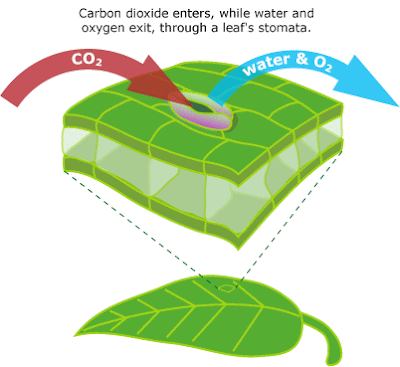Review:
1. Animals must consume food to live.
2. digestive system, respiratory system, circulatory system
3. an observable response to a stimulus
4. individual: grooming, eating, sleeping; within species: parenting, mating, herding; between species: preying, scavenging
5. Migration and hibernation are both responses to changes in seasons. Migration involves moving between locations, while hibernation involves entering a dormant state.
6. Energy is captured by a plant, then captured by a herbivore that eats the plant, then captured by a carnivore that eats the herbivore. Energy flows from plant to herbivore to carnivore.
Feeding
View more presentations from guest5b46792.


